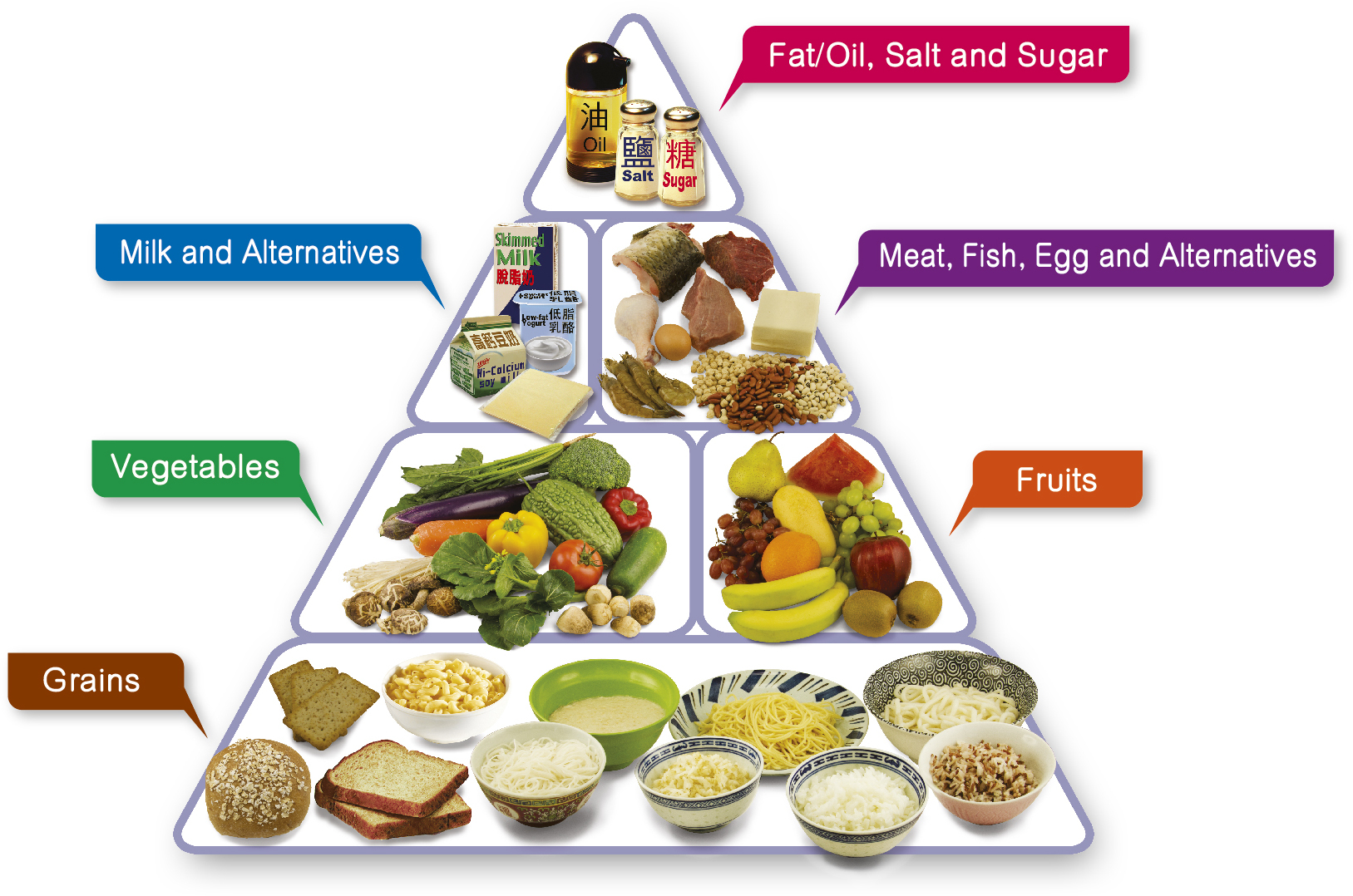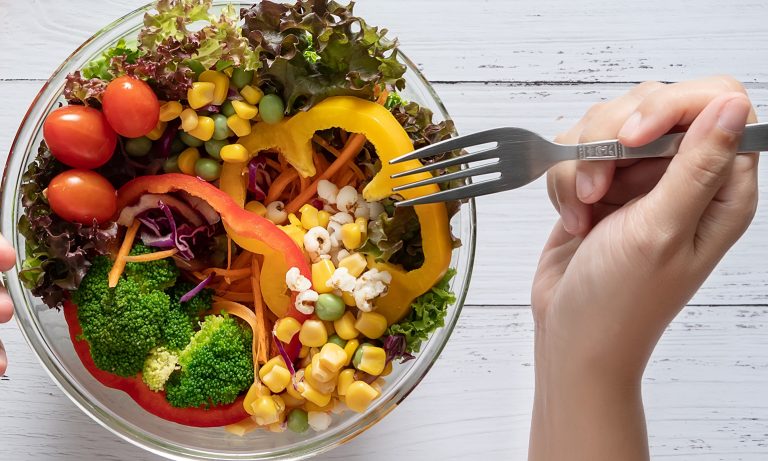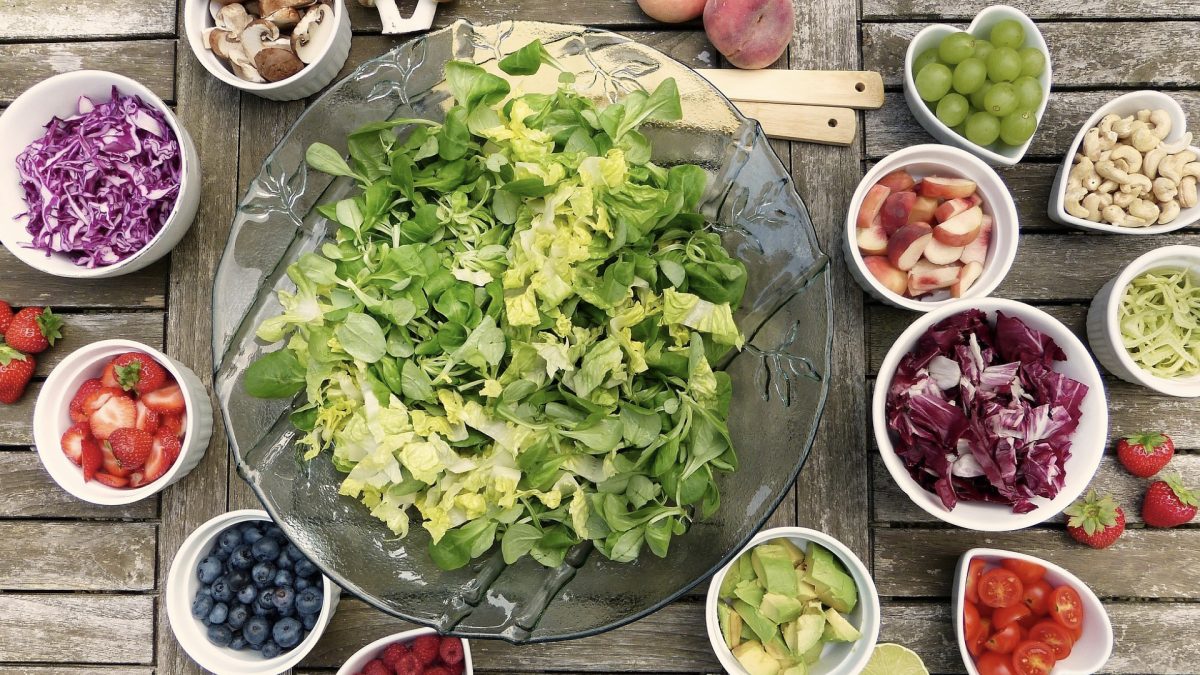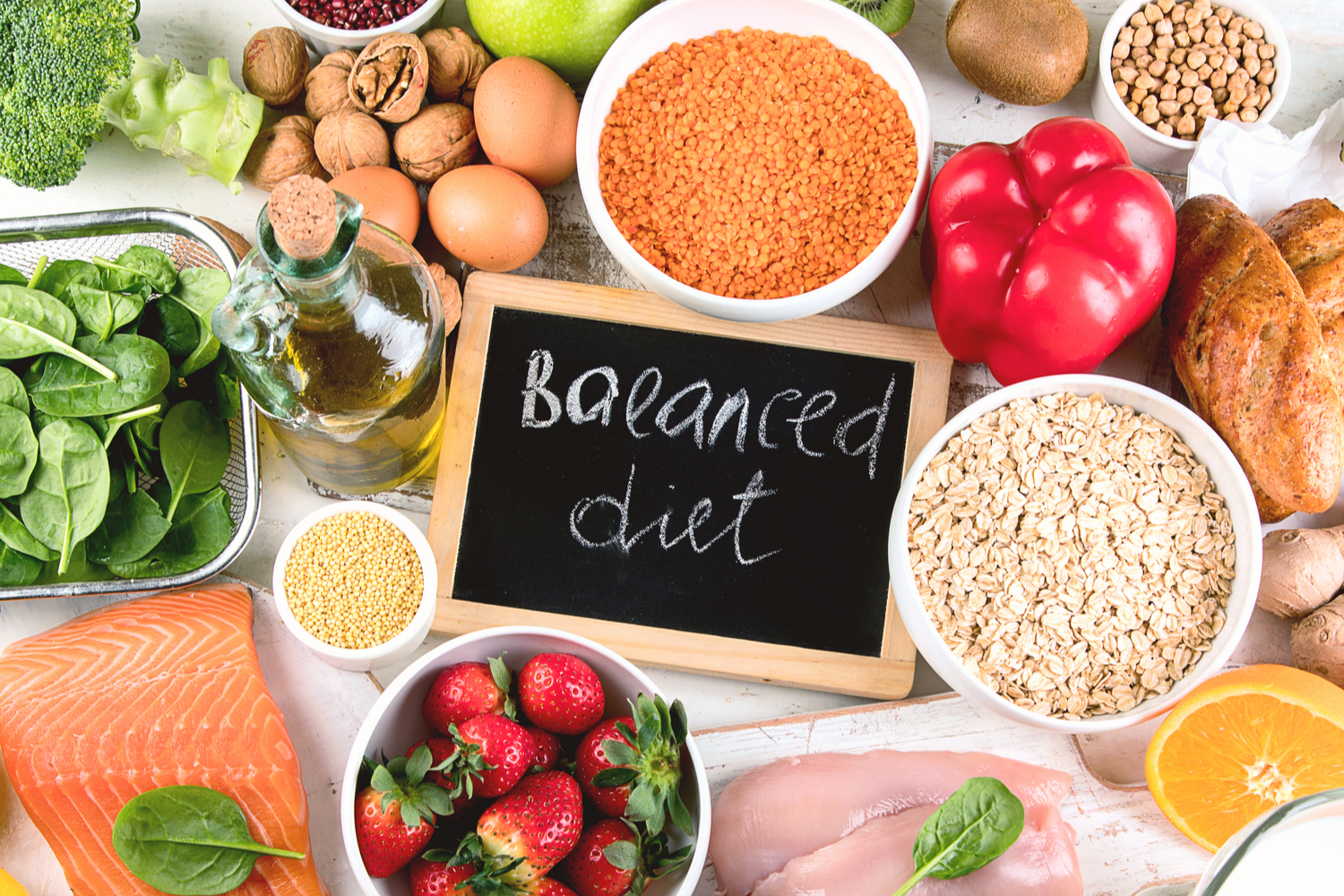Healthy Eating Plate
Use the Healthy Eating Plate as a guide for creating healthy, balanced meals—whether served at the table or packed in a lunch box. Click on each section of the interactive image below to learn more.
- HEALTHY OILS
- WATER
- VEGETABLES
- FRUITS
- HEALTHY PROTEIN
- WHOLE GRAINS
:max_bytes(150000):strip_icc()/nutrients-what-they-are-and-why-you-need-them-2507078-FINAL-e65d7ad29bdf4d99afca860abc76d19a.png)
Building a Healthy and Balanced Diet
Look out for the article staying healthy with Pritish Halder
Make most of your meal vegetables and fruits – ½ of your plate.
Aim for color and variety, and remember that potatoes don’t count as vegetables on the Healthy Eating Plate because of their negative impact on blood sugar.

Go for whole grains.
Whole and intact grains—whole wheat, barley, wheat berries, quinoa, oats, brown rice, and foods made with them, such as whole wheat pasta—have a milder effect on blood sugar and insulin than white bread, white rice, and other refined grains
Protein power .
Fish, poultry, beans, and nuts are all healthy, versatile protein sources—they can be mixed into salads, and pair well with vegetables on a plate. Limit red meat, and avoid processed meats such as bacon and sausage.
Healthy plant oils – in moderation.
Choose healthy vegetable oils like olive, canola, soy, corn, sunflower, peanut, and others, and avoid partially hydrogenated oils, which contain unhealthy trans fats. Remember that low-fat does not mean “healthy.”
Drink water, coffee, or tea.
Skip sugary drinks, limit milk and dairy products to one to two servings per day, and limit juice to a small glass per day.
Stay active.
The red figure running across the Healthy Eating Plate’s placemat is a reminder that staying active is also important in weight control

The red figure running across the Healthy Eating Plate’s placemat is a reminder that staying active is also important in weight control.
The main message of the Healthy Eating Plate is to focus on diet quality:
- The type of carbohydrate in the diet is more important than the amount of carbohydrate in the diet because some sources of carbohydrate—like vegetables (other than potatoes), fruits, whole grains, and beans—are healthier than others.
- The Healthy Eating Plate also advises consumers to avoid sugary beverages, a major source of calories—usually with little nutritional value—in the American diet.
The Healthy Eating Plate encourages consumers to use healthy oils, and it does not set a maximum on the percentage of calories people should get each day from healthy sources of fat. In this way, the Healthy Eating Plate recommends the opposite of the low-fat message promoted for decades by the USDA.

Overview
The Eatwell Guide outlines the recommendations for eating a healthy balanced diet.
The guide shows the different types of foods and drinks you should consume – and in what proportions – every day or over a week.
Eatwell Guide shows what proportion of each food group you should eat.
5 main groups
The Eatwell Guide divides the foods and drinks we consume into 5 main groups:
- fruit and vegetables
- potatoes, bread, rice, pasta, and other starchy carbohydrates
- beans, pulses, fish, eggs, meat, and other proteins
- dairy and alternatives
- oils and spreads
You should try to choose a variety of foods from each group to help you get the nutrients you need to stay healthy.

Follow recommendations
These recommendations apply to most people regardless of their:
- weight
- dietary restrictions or preferences
- ethnic origin
If you’ve special dietary or medical needs, ask a registered dietitian or nutritionist about the best way to adapt this guide to your needs.

Babies and young children
Children between the ages of 2 and 5 should gradually move towards eating the same foods in the same proportions recommended by the guide.
Children under 2 have different nutritional needs and so these recommendations don’t apply.
You can use this guide to help you make healthier choices when:

- planning what to eat
- cooking or preparing a meal at home
- food shopping
- eating out or on the go
Most of the meals we eat are a combination of food groups. When planning meals, work out the main ingredients and think about how these fit within the 5 main food groups.

Sustainable Nutrition
As global temperature rises and climate-related events increase, there is mounting pressure to build sustainable and resilient food systems. It is very clear that how we produce and consume food has implications not only for the health of people but is closely connected to the health of animals, as well as our shared environment. Referred to as ‘One Health’, this collaborative, multi-sectoral, and transdisciplinary approach aims to achieve optimal health outcomes while recognizing the interconnection between people, animals, plants, soil, and the planet. In addition to these solutions, concern about the future of the planet has increasing numbers of people aligning their food and lifestyle choices for sustainable living as a way to effect change.

Environmental care
While working within our planetary boundaries to care for the environment is critically important for the long-term health of the planet, ensuring that our approaches support human health and thriving communities is also essential. It is vital to find sustainable solutions to preserve Earth’s finite resources, through multiple strategies that include government, private corporations, and individual changes to help regulate the stability and resiliency of the Earth’s system, while also ensuring people can obtain high-quality food to live healthy, prosperous and productive lives. This will be even more important in the coming years, as global leaders work together to sustainably nourish a growing population.

Agricultural system
While animal-sourced food production is being scrutinized as to its role in climate change, restricting these sources of high-quality protein is likely to have an unintended, negative impact on human health, and worsen inequalities and undernutrition, including child undernutrition, which can have life-long consequences. Removing dairy cows that are a part of regenerative agricultural systems, for example, would have minimal impact on greenhouse gas emissions as compared to the significant carbon emissions produced by fossil fuel transportation, while greatly reducing the availability of several important dietary nutrients, including calcium and vitamin D, which are already long-standing under-consumed nutrients in the American diet.
Dairy products
Additionally, dairy foods like milk provide many essential nutrients needed for health, including high-quality protein, calcium, vitamin D, vitamin A, riboflavin, niacin, zinc, selenium, iodine, potassium, vitamins B5 and B12. Scientific evidence supports the critical role of milk and dairy foods in global nutrition and health, so barriers to accessing nutrient-dense foods like dairy foods could worsen current nutrient gaps and the growing issue of malnutrition. And although dairy provides important nutrition through the life stages, it is particularly important for nourishing children, which is why at least 160 million children around the world currently receive and benefit from dedicated school milk programs. This contribution is important to all children, but especially those in marginalized and underserved communities who are already struggling to access nutritious foods.

Synergistic food
Animal and plant foods should not be thought of as competing entities, but rather as synergistic food sources that provide different though complementary nutritional, social, economic, and environmental benefits. Instead of removing animal-source foods, the focus must shift to prioritizing and supporting sustainable solutions that enable the affordability and accessibility of nutritious foods such as milk and dairy, fresh fruit and vegetables, whole grains, and high-quality animal and plant-based proteins. This approach will deliver nutrition equity and foster healthier people, but it is not a simple solution.

Solutions will require multisector collaboration and coordination at all levels—and new thinking. Rather than labeling foods and food groups as good or bad, we can instead look at the broader spectrum of sustainable nutrition, which takes into account how people produce, access, and ultimately consume nutritious foods. Reducing barriers and supporting access to affordable, nutrient-dense foods can close nutrient gaps that exist in many American diets and around the globe. Additionally, finding innovative solutions to ensure that all people can enjoy wholesome, nutritious foods like fruit, vegetables, dairy, and whole grains while reducing consumption of highly processed foods that are high in calories but lack vital nutrients, will go a long way in improving overall health and well-being.

Making a Difference
Everyone can play a role in ensuring people have access to sustainable, healthy diets by advocating for programs that support access to nutrient-dense foods that promote good health. Making sure people are supported and able to access nutritious and culturally appropriate foods regardless of race, education, gender, employment, ability, or community is a core component of sustainable nutrition and vital to achieving nutrition equity
Importance
Ensuring access to healthy food is just one piece of the puzzle. Learning about nutrition and how food fuels the body and supports health is also important, as it helps equip children and families with the knowledge and tools needed to establish lifelong healthy eating habits. As educators, health and food service professionals, community leaders, and influencers, the role each of us plays in supporting nutrition education is key to building healthier communities.
Let’s Eat Healthy nutrition education and food literacy resources are designed to increase understanding and improve healthy behaviors. These science-based educational resources help empower people to select healthier food choices, reduce food waste and increase their understanding of food. The wide variety of resources includes:
- A nutrition education curriculum that reinforces concepts such as healthy eating patterns and provides family touch points to help build understanding and values that lead to healthier eating habits and less wasted food.
- Smarter Lunchrooms Movement incorporates evidence-based principles and practices to teach kids to reduce food waste and promote the consumption of healthy school meal options.
Farm-to-You education opportunities to enhance knowledge of agriculture, including how milk and dairy foods are produced and how they contribute to healthy eating.

Teaching nutrition education helps each of us be part of the solution to address sustainable nutrition. In addition, joining the Let’s Eat Healthy movement builds a network of people with shared values and expertise that are working together to elevate the health of children and families through the pursuit of lifelong healthy eating habits. The work to be done is more than one organization can accomplish on its own, so people need to come together to support healthier communities in California and beyond.
Reference
https://www.hsph.harvard.edu/nutritionsource/healthy-eating-plate/












